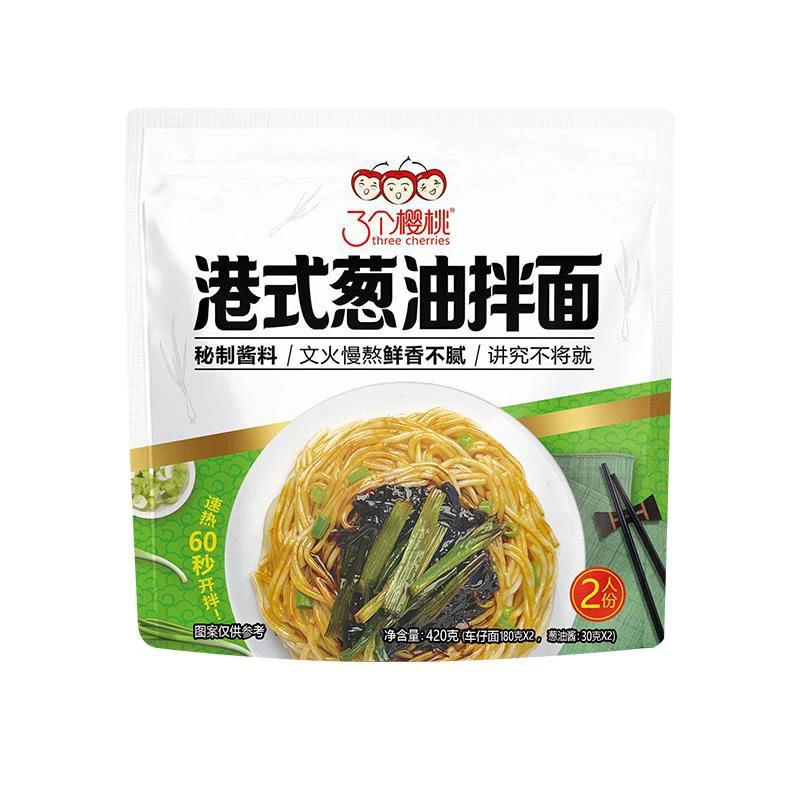márc . 05, 2025 01:40
Back to list
difference between soba and udon
In the culinary world of Japanese cuisine, soba and udon stand out as two quintessential types of noodles, each with their own unique characteristics and appeal. Understanding the differences between these two noodle types can enhance culinary experiences and empower both chefs and consumers to make informed decisions suited to their tastes and preferences. This comprehensive guide delves into the distinctions between soba and udon, covering aspects such as ingredients, texture, nutritional value, cultural significance, and preparation methods.
The preparation and serving of soba and udon also differ, highlighting their versatility in Japanese cuisine. Soba is commonly served in two primary ways cold, with a dipping sauce on the side known as tsuyu, often enjoyed during warmer months, or in hot, savory broths during colder seasons. Popular variations include zaru soba, where chilled soba is served on a bamboo tray with nori seaweed sprinkles, and tempura soba, topped with crispy tempura. Udon's applications are equally diverse; it can be served in hot broths like classic kake udon or kitsune udon, topped with sweetened fried tofu, or in chilled dishes such as zaru udon. Furthermore, udon noodles are frequently featured in stir-fried dishes or served in a style similar to pasta. Professional chefs and home cooks alike must consider these inherent differences when incorporating soba or udon into their culinary repertoire. The choice between soba’s nutty, more defined flavors and udon’s light, chewy versatility can influence the overall character of a dish. Culinary experts recommend pairing soba with ingredients that enhance its distinct flavor—such as delicate dashi broth, ponzu sauce, or raw vegetables for a refreshing salad. Udon is well-suited for richer accompaniments, such as miso-based broths, yakitori, or curries. From a nutritional perspective, consumers may prefer soba for its protein and fiber contents, making it a suitable option for balanced diets or vegan and vegetarian lifestyles. Udon, however, provides a heartier, more filling base for meals, ideal for those requiring more substantial sustenance. The identifiable differences between soba and udon—rooted in their ingredients, textures, cultural contexts, and preparation methods—present an array of options for culinary exploration and enjoyment. Whether one is seeking the robust flavors of buckwheat or the comforting, chewy bite of wheat-based udon, understanding and appreciating these unique qualities can significantly enhance the experience of savoring Japanese noodles.


The preparation and serving of soba and udon also differ, highlighting their versatility in Japanese cuisine. Soba is commonly served in two primary ways cold, with a dipping sauce on the side known as tsuyu, often enjoyed during warmer months, or in hot, savory broths during colder seasons. Popular variations include zaru soba, where chilled soba is served on a bamboo tray with nori seaweed sprinkles, and tempura soba, topped with crispy tempura. Udon's applications are equally diverse; it can be served in hot broths like classic kake udon or kitsune udon, topped with sweetened fried tofu, or in chilled dishes such as zaru udon. Furthermore, udon noodles are frequently featured in stir-fried dishes or served in a style similar to pasta. Professional chefs and home cooks alike must consider these inherent differences when incorporating soba or udon into their culinary repertoire. The choice between soba’s nutty, more defined flavors and udon’s light, chewy versatility can influence the overall character of a dish. Culinary experts recommend pairing soba with ingredients that enhance its distinct flavor—such as delicate dashi broth, ponzu sauce, or raw vegetables for a refreshing salad. Udon is well-suited for richer accompaniments, such as miso-based broths, yakitori, or curries. From a nutritional perspective, consumers may prefer soba for its protein and fiber contents, making it a suitable option for balanced diets or vegan and vegetarian lifestyles. Udon, however, provides a heartier, more filling base for meals, ideal for those requiring more substantial sustenance. The identifiable differences between soba and udon—rooted in their ingredients, textures, cultural contexts, and preparation methods—present an array of options for culinary exploration and enjoyment. Whether one is seeking the robust flavors of buckwheat or the comforting, chewy bite of wheat-based udon, understanding and appreciating these unique qualities can significantly enhance the experience of savoring Japanese noodles.
Share
Next:
Latest news
-
Is Whole Wheat Pasta Healthy?NewsMay.30,2025
-
Are Soba Noodles Good for Weight Loss?NewsMay.30,2025
-
Are Buckwheat Soba Noodles Healthy?NewsMay.30,2025
-
Are Buckwheat Soba Noodles Gluten Free?NewsMay.30,2025
-
Are Buckwheat Noodles Good for You?NewsMay.30,2025
-
A Healthy Way to Savor Soba and Spicy FlavorsNewsMay.30,2025
-
What Are Lanzhou Noodles?NewsMay.30,2025
Browse qua the following product new the we

















































































































